The Physics of Quantum Optics in Holography
Introduction
Quantum optics is a branch of quantum physics that focuses primarily on the behavior of light, its interactions with matter, and the concepts of quantum mechanics. It is a field that has been instrumental in understanding the quantum nature of light and its applications in various technologies, including holography.


Quantum Optics: An Overview
Quantum optics studies the quantum mechanical properties of light. Light, in the context of quantum optics, is understood as a stream of particles called photons. These particles exhibit both wave-like and particle-like properties, a phenomenon known as wave-particle duality. The study of quantum optics involves the manipulation of these photons to understand their properties and applications.
Holography: A Brief Introduction
Holography is a technique that records and reproduces complete pictures of objects, including their three-dimensional shapes. It involves the use of a laser, beam splitters, mirrors, and a holographic recording medium. The resulting image, called a hologram, is a three-dimensional representation of the original object. The process of creating a hologram is called holography.
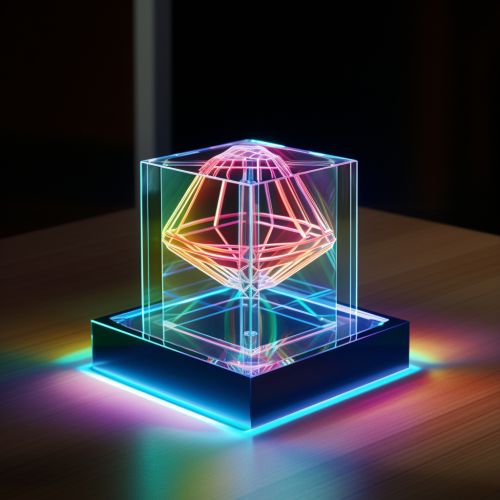
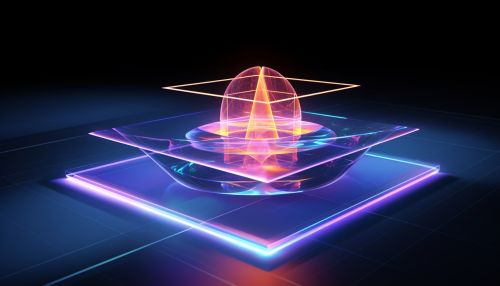
Quantum Optics in Holography
The application of quantum optics in holography is a fascinating area of study. Quantum holography extends the principles of classical holography into the quantum realm, offering the potential for significant advancements in imaging, data storage, and information processing.
Quantum Holography
Quantum holography is a relatively new field that combines the principles of quantum optics and holography. It uses the principles of quantum mechanics to create holograms with properties that cannot be achieved using classical optics.
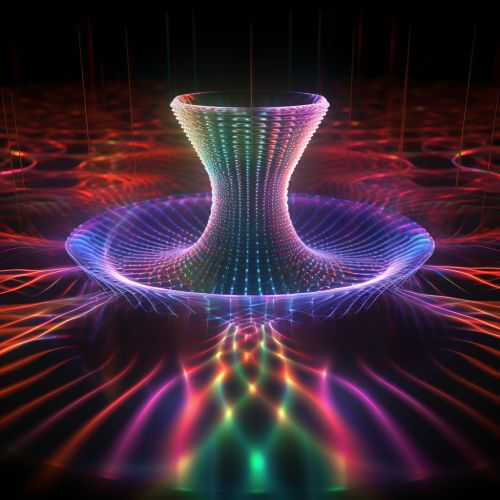
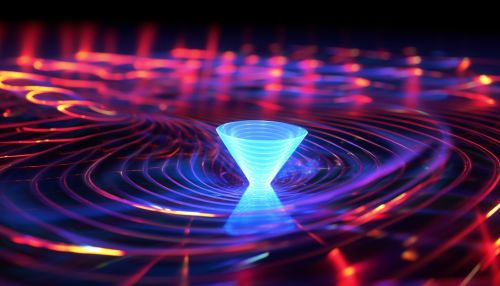
Quantum Interference and Coherence
One of the key principles in quantum holography is quantum interference. This is a phenomenon where two or more quantum states combine to form a new quantum state. It is closely related to the concept of quantum coherence, which describes the ability of a quantum system to maintain a superposition of states.
Quantum Entanglement
Another important concept in quantum holography is quantum entanglement. This is a phenomenon where two or more particles become linked, such that the state of one particle cannot be described independently of the state of the other particles, even when the particles are separated by large distances. Quantum entanglement is a fundamental aspect of quantum mechanics and has significant implications for quantum holography.
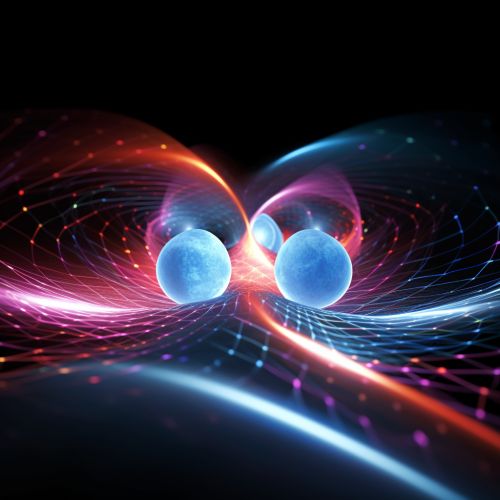
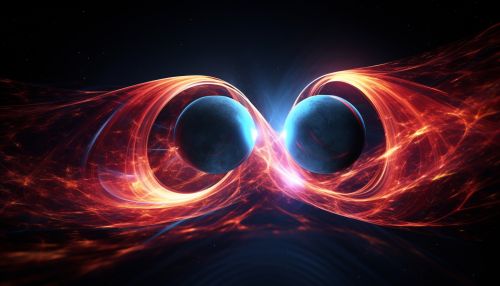
Applications of Quantum Holography
Quantum holography has potential applications in a wide range of fields, including quantum computing, quantum communication, and quantum imaging. These applications leverage the unique properties of quantum mechanics, such as superposition and entanglement, to achieve capabilities beyond those of classical systems.
Future Prospects
The field of quantum holography is still in its early stages, and much research is being conducted to further understand the principles and potential applications of this technology. As our understanding of quantum mechanics continues to deepen, the possibilities for quantum holography are expected to expand.
